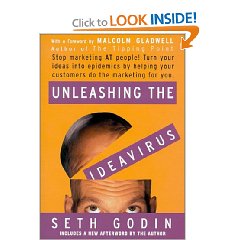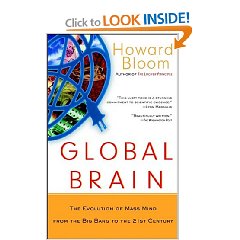Most compelling is his methodical aggregation of data from several sources to show that the cost of saving one life (he notes that we fail to distinguish adequately between a life saved for a few years and a life saved for many years, or between young lives saved for a lifetime and old lives saved for a brief span of time). Table 2.1 on page 30 is quite astonishing–of 45 major regulated risks, one (drinking water) costs over $92 billion per premature death averted; eight including asbestos cost between $50 million and $4 billion; seven including arsenic and copper cost between $13 million and $45 million; 14 including various electrical standards cost between $1 million and $10 million per death averted; and 15 cost less than $1 million per death averted.
What cost human life? Even on this there is no standard, and even within a single regulatory agency (e.g. the Environmental Protection Agency) there are different calculations used in relation to different risks being regulated. The author does a really fine job of comparing the public perception of the value of a life saved ($1.3 million for automobile-related risks, $103 million for aviation-related risks) with the values used by the government and the courts, which vary widely (into the billions) but seem to hover between $10 million and $30 million per life saved and without regard the the number of life-years actually involved.
The heart of the book is in its conclusion, where the author proposes a four-part strategy for dramatically reducing the cost of regulatory risk management, suggesting that we focus on 1) disclosure of information to the public; 2) economic incentives; 3) risk reduction contracts; and 4) free market environmentalism. With respect to the latter, he is strongly supportive of allowing the “sale” of pollution privileges between nations and industries and companies.
For additional observations on reducing risk to the future of life see my reviews of Joe Thorton on “Pandora's Poison,” Raffensperger and Tickner on “Protecting Public Health & The Environment,” Novacek on “The Biodiversity Crisis,” Czech on “Shoveling Fuel for a Runaway Train,” Lomberg on “The Skeptical Environmentalist,” Helvarg on “Blue Frontier,” and Wilson's “The Future of Life.”
Cass Sunstein and Lawrence Lessig join Jerry Berman and Marc Rotenberg and Mike Godwin as America's “top guns” in responsible law-making. This book makes a great deal of sense, is worth a great deal of money, and should guide the future evolution of regulatory and information-driven risk management.











